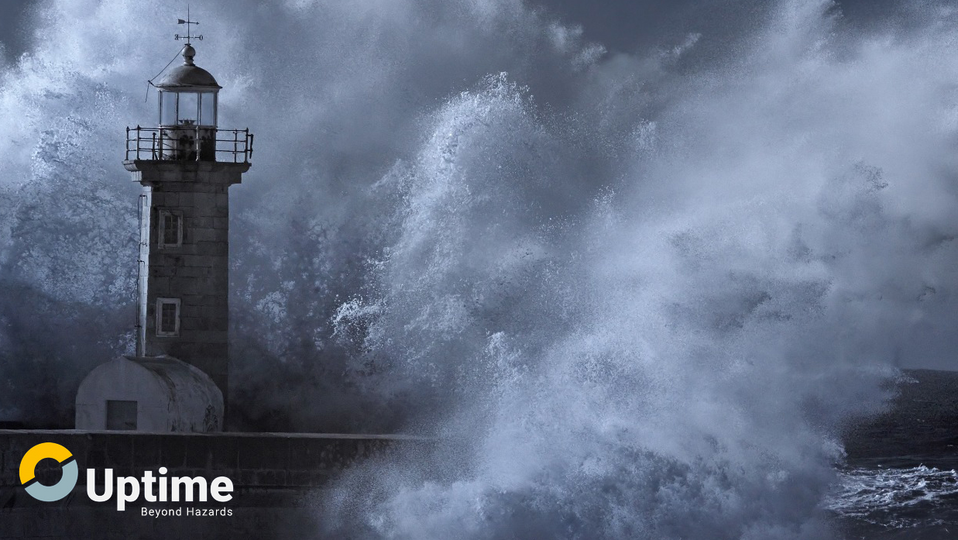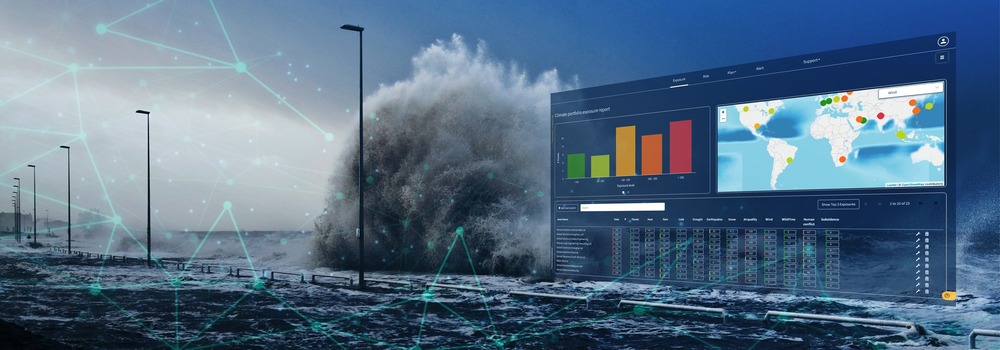Technologies
Discover, Connect & Collaborate at TECHINNOVATION 2021
Hazard Intelligence Platform for Climate Resilience
Technology Overview
Businesses need clear, comprehensive, high-quality information on the impacts of climate change.
The impact of climate change is likely to be much sooner than most people realize, as the new IPCC report from the world’s leading climate scientists suggests. This will fundamentally reshape business operations in the coming decades even if greenhouse gas emissions are brought under some control.
These impacts include more frequent and more severe weather events. Climate change impacts together with shifting economic forces and numerous other hazards are triggering complex cascading effects that impact business operations both directly and indirectly. As a result, supply chains, buildings, facilities, products, distribution, and people are more exposed to climate and natural hazard risks than ever before.
Despite the rising exposure to climate risks, business around the world do not have the insights and know-how to tackle climate risks. This highlights the need for greater hazard visibility, so organizations can prepare for them proactively.
The technology on offer is a digital platform the enables businesses to visualize climate risks, identify hazards as they develop, and understand, predict, and mitigate their impact. It helps business to visualize the risk exposure of existing critical assets, suppliers, and new facilities in the pipeline.
Technology Features, Specifications and Advantages
Our platform integrates relevant data sources and models to provide you with insights covering all your points of interest in an intuitive, easy‐to‐use interface, as and when you need it. We combine historical data and models with ‘what-if’ scenario modelling and deep asset expertise to give you a reliable view of hazard exposure and risk.
Features:
- Direct insights in climate risks for 1000+ assets in just a few clicks
- 10+ (and counting) hazards ranging from tropical cyclones to heat
- Risk scores under the current climate and the future climate
- Real-time monitoring and forecasts
- Three time horizons and two climate scenario’s
- 140 years of engineering experience and knowledge
Potential Applications
Potential applications include (but are not limited to):
- Climate risk assessment of a portfolio
- Detecting potential climate related supply chain bottlenecks
- Optimalisation of site selection procedures focused on minimalizing climate risks
- Forecasting of and alerting about (natural) hazards
- Simulate hazards and test out measures to become more resilient
- Integrated Risk Management software market is 10B/yr (2020) with a 12% CAGR
Customer Benefits
- Increasing the uptime of a company due high-quality information on the impacts of climate change (2-5% lower costs and up to 5% new revenue). Presented in a clear and comprehensive way.
- Complying to TCFD (Task Force on Climate-related Financial Disclosures), ESG and Sustainability reporting directives
- No-regret investments in climate change mitigation measures

